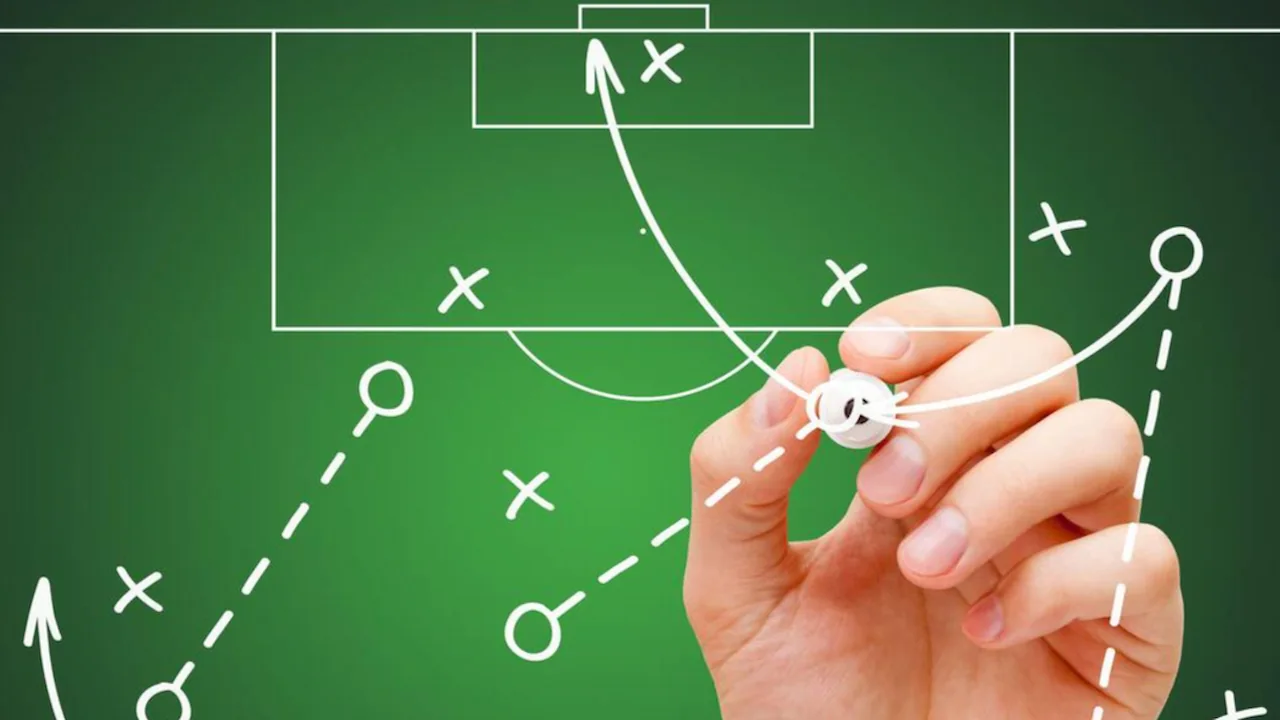Latest Sports Picks, News and Previews

Interested in learning the game of soccer? Soccer is one of the most widely played international sports and is easily accessible for anyone with a pair of boots and a ball. There are 11 players for each team on the field at any given time, where 20 are field players, and the remaining 2 are each side’s goalkeeper.
Formations between teams can differ, affecting the overall number of attackers, defenders or midfielders playing in their respective roles. We’ll give you the full rundown on all soccer positions in concise detail, so you can experience the game with a new perspective or even learn to play yourself!
To keep the explanation concise, each team generally decides their formation or “team shape” throughout most of the game. It can change throughout the game depending on whether you need more offensive players or defensive players in different roles. Squad formations are formatted as 4-3-3, 4–4-2, 3-5-2, etc. with the leftmost number being the number of defenders, the middle number being midfielders, and the rightmost being attackers, with the total adding up to 10 field players (excluding the goalie from formations).
The goalkeeper is the most infamous role on the pitch, as they are the only player that may use their hands as long as they pick the ball up in the 18-yard box or don’t pick up a direct pass back from one of their own players. The infraction for breaking these rules of holding or picking up the ball in areas you shouldn’t, results in an indirect free-kick.
Goalies are the last line of defense against the opposing team’s scoring, and they are allowed to use any part of their body to prevent the ball from entering the back of the net. When they pick up the ball, they are (usually) allowed only 6 seconds to hold onto it before either punting it forward, dropping it to themselves, or tossing/rolling it to another player. They are responsible for taking goal kicks when the ball crosses their own endline to restart the play on their half by placing and kicking the ball from the 6-yard box.
Protecting their goalkeeper from any trouble on the pitch is the team’s ‘backline’, usually composed of 2 right and left backs referred to as ‘fullbacks’ with 2 center backs between them. Teams do choose to play with 3 or 5 defenders depending on the game, but the principle remains the same.
Outside defenders or ‘fullbacks’ are generally faster than their center-back teammates and are given more opportunities to get up the field on the far sides when the ball is in their team’s possession. Center backs and fullbacks often play the entire game with the opposing net and both teams in front of them and are responsible for starting the play from the back, especially on goal kicks.
Midfielders are responsible for everything on the pitch, especially winning the ball back and maintaining possession, although they typically run to both ends of the field. Depending on if you have wingers (attackers) or outside midfielders (traditional midfielders), your wide players may have more offensive or defensive leaning responsibilities, yet nevertheless, it is a goalscoring position.
Center midfielders may be the most balanced players on the field and can cater to more offensive (Center attacking midfield – CAM) and defensive (center defensive midfield – CDM) positions. Typically, you want playmaker-type players to be in this role as their vision of the field is impeccable compared to others. As an outside midfielder, you usually have the touchline on one side of you, meaning you can only go forward, backward or inward when you receive the ball. Center midfielders, on the other hand, need to have their head on a swivel, as they need to cut and change direction every which way at any given time.
In the simplest mindset of the bunch, the attackers (wingers and strikers) are your main goalscorers. Outside forwards, or wingers as they’re referred to, are often extremely fast and skilled players who can send in a perfect cross or cut in and shoot for scoring opportunities.
Center forwards are just the forward and centermost attackers on your team, and most teams will rely on a player in this role for the finishing touches on goals. The center-forward or striker is often your target man, and you will want to send crosses to them so they can quickly head or volley the ball into the net. Forwards are almost always responsible for staying onside, behind the last defensive player on the opposition, so they need to time their runs correctly to not be called offside when receiving the ball.

Liam has been a major sports fan and soccer player for over a decade, with a particular focus on major top-level soccer leagues, including the EPL, La Liga, Serie A, Bundesliga and MLS. He has written numerous promotional articles for various top sportsbooks and continues to publish historical and factual sports articles covering the NFL, MLS, NHL, MLB, EPL and more.